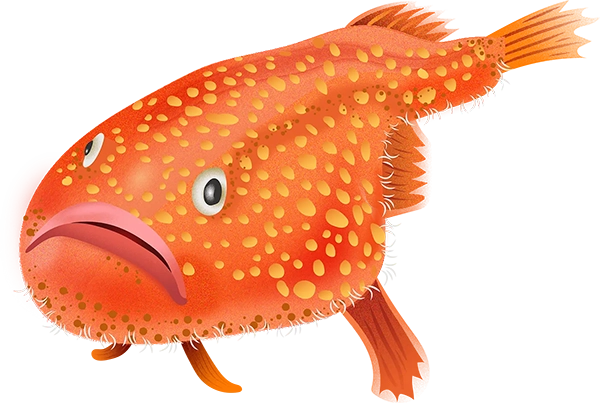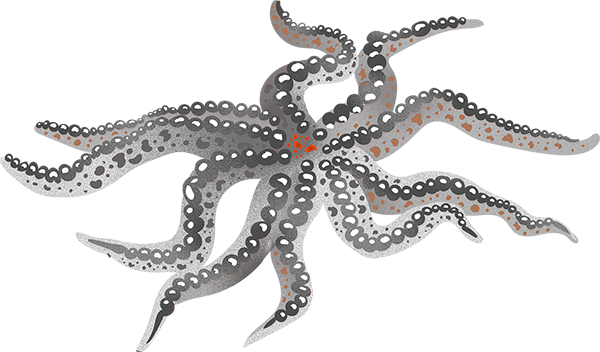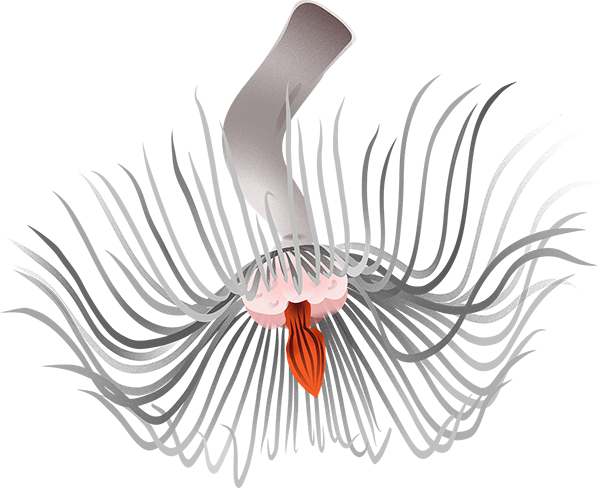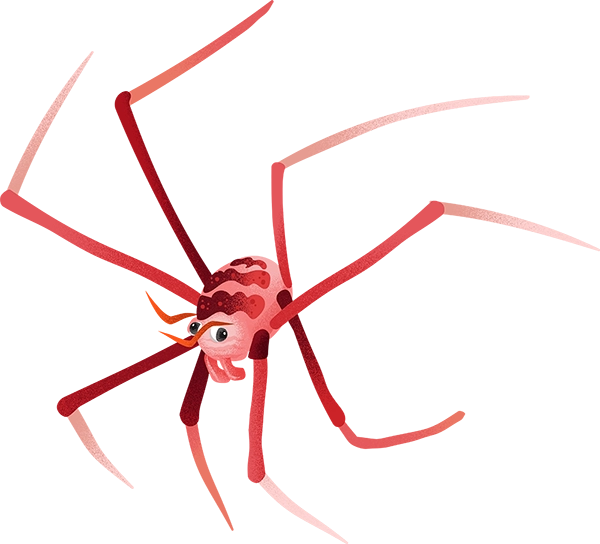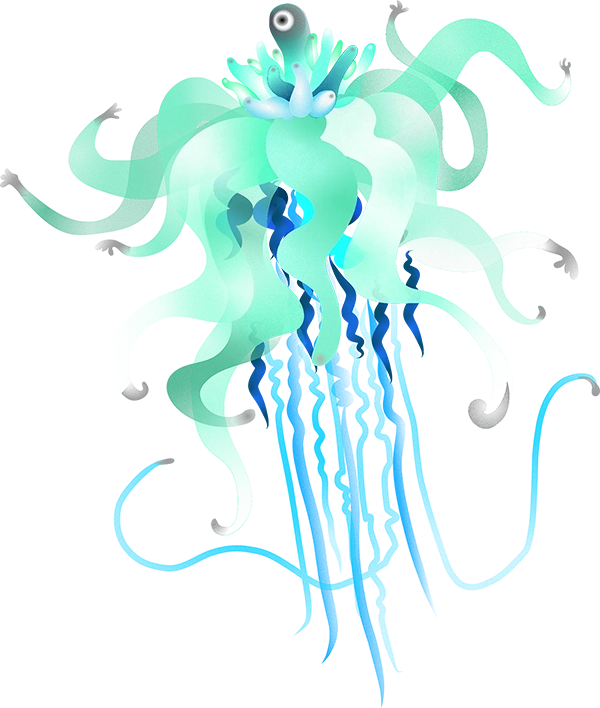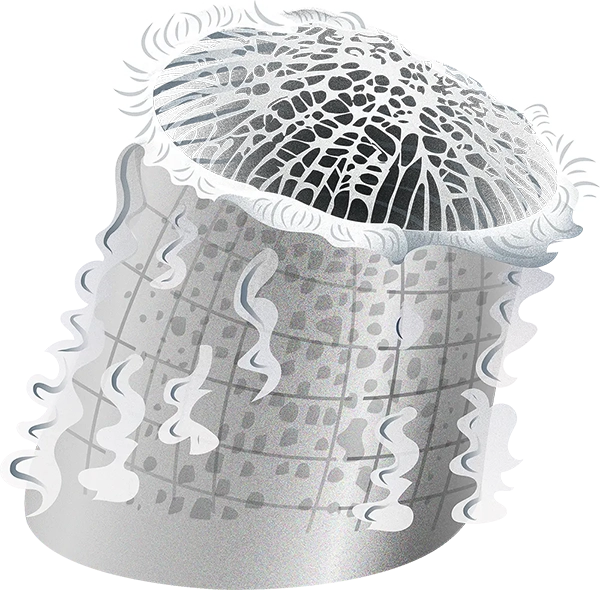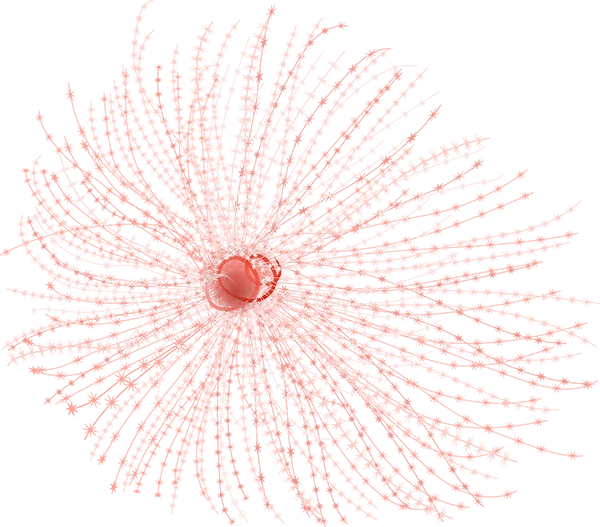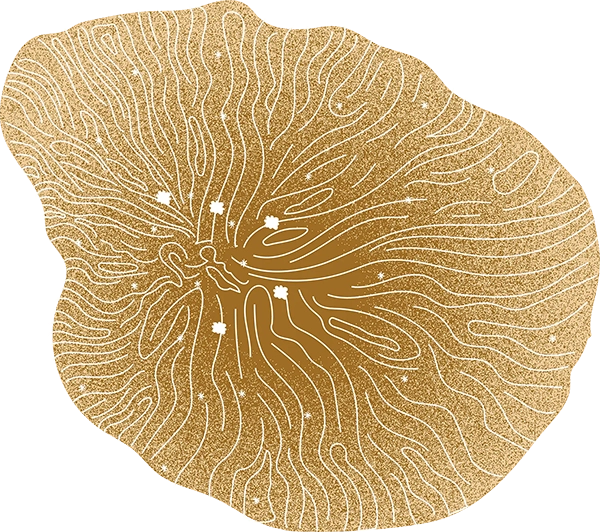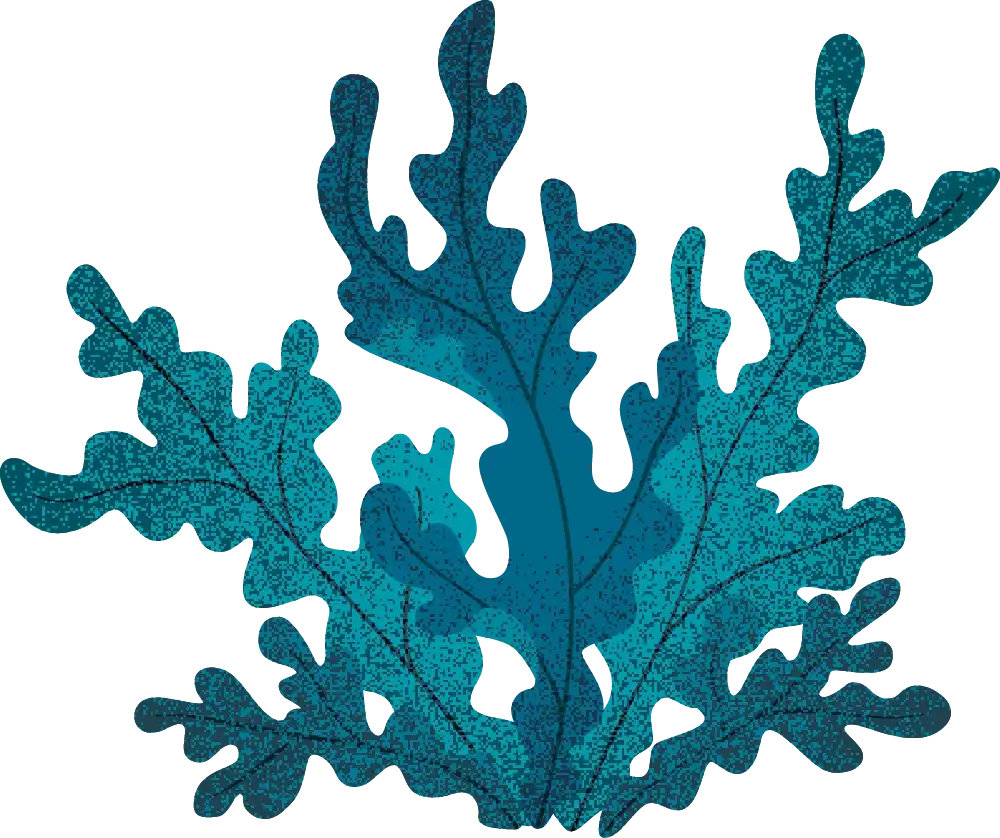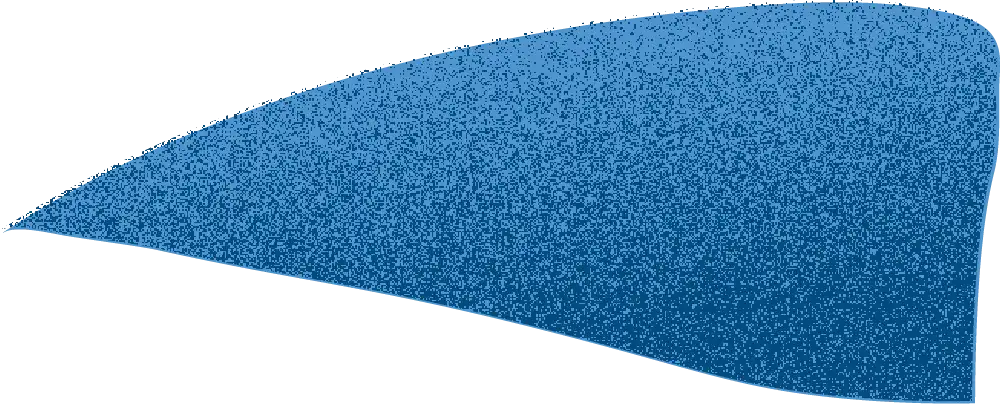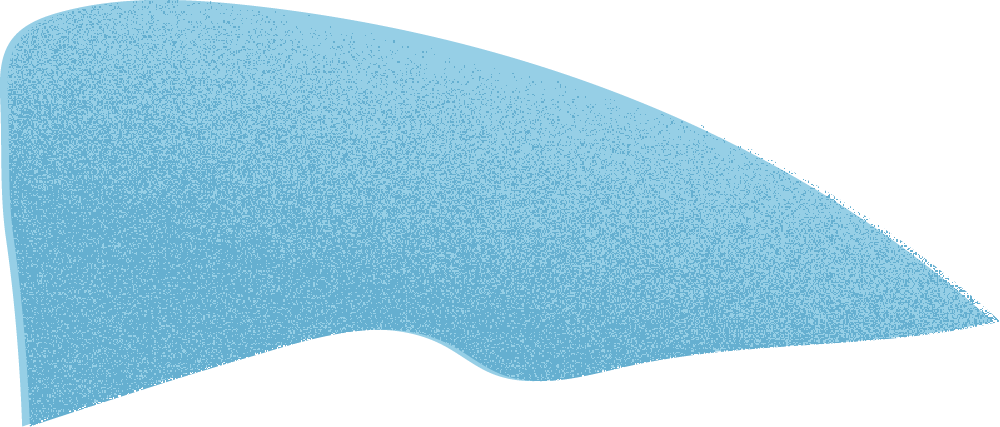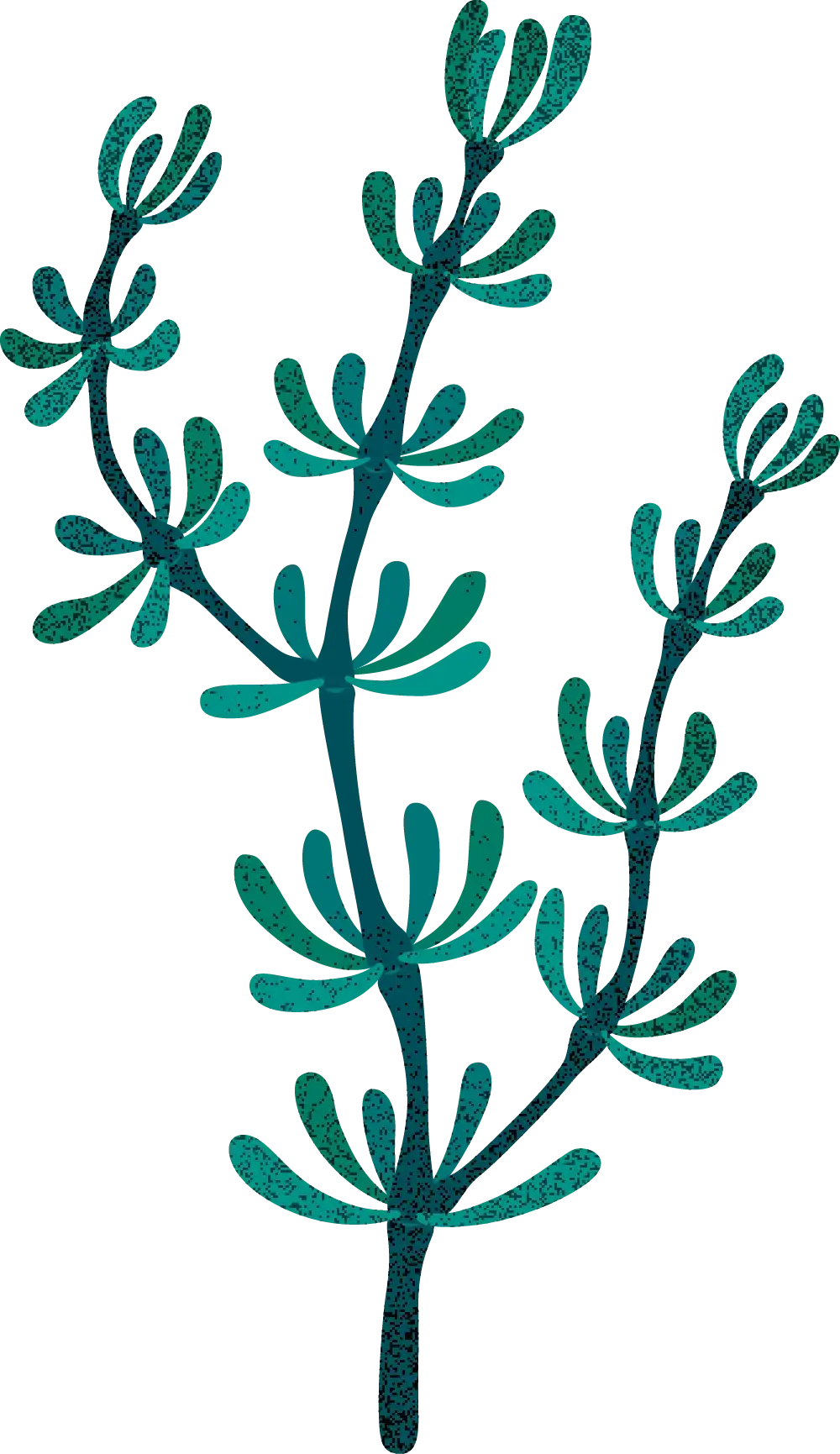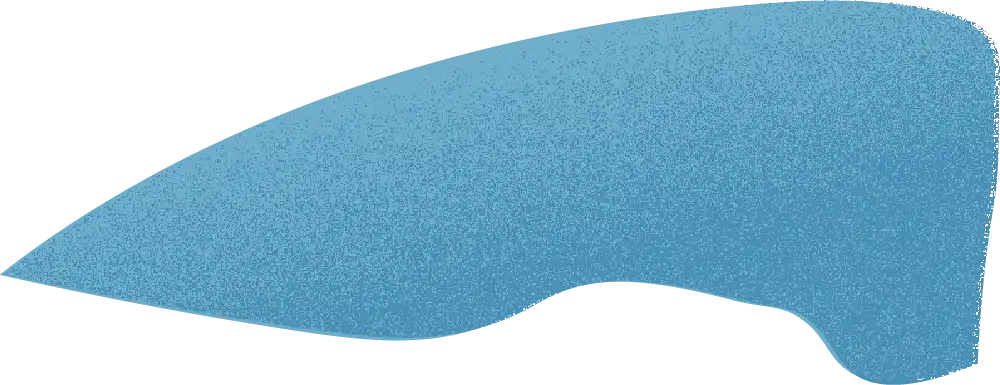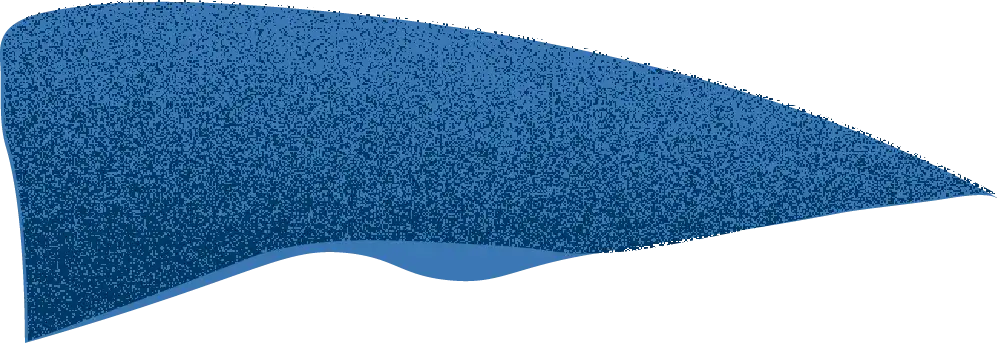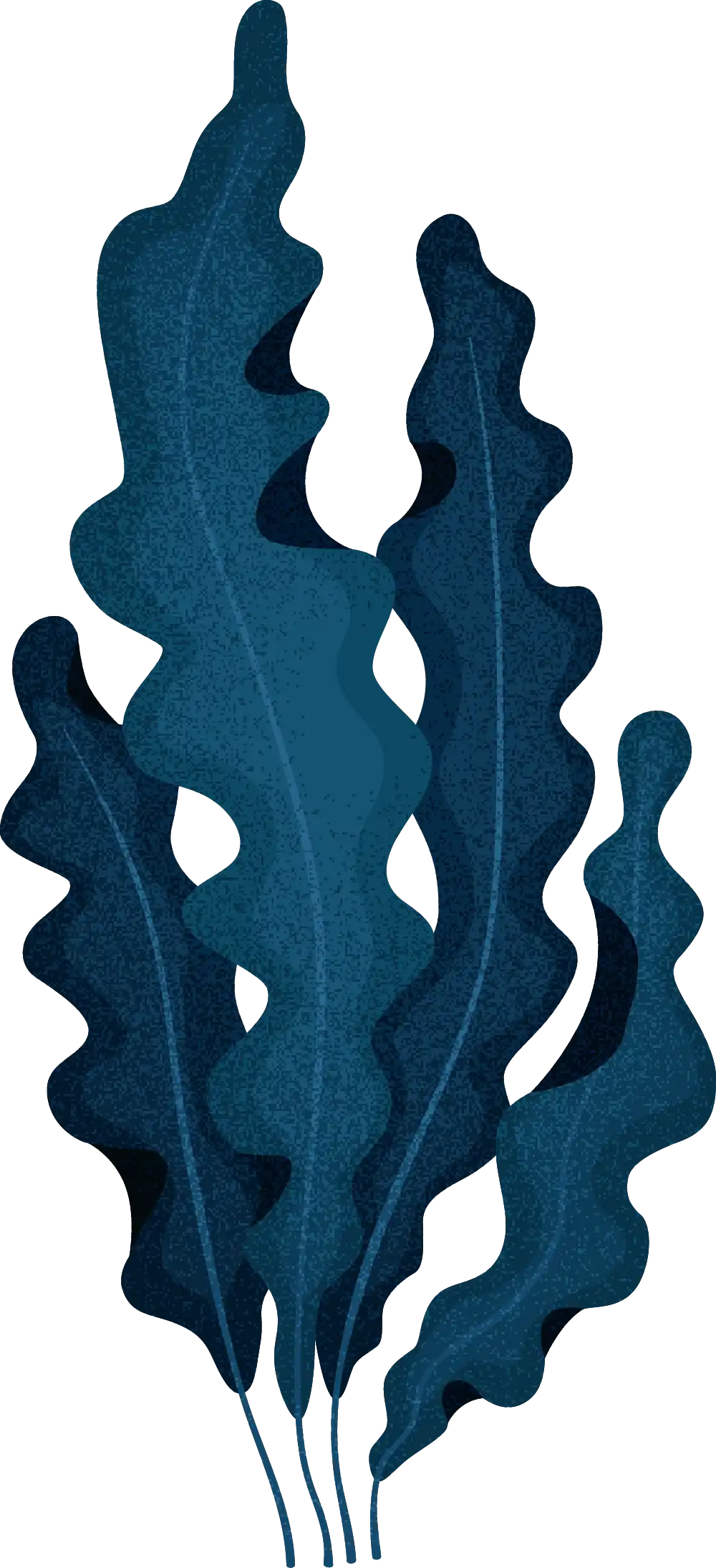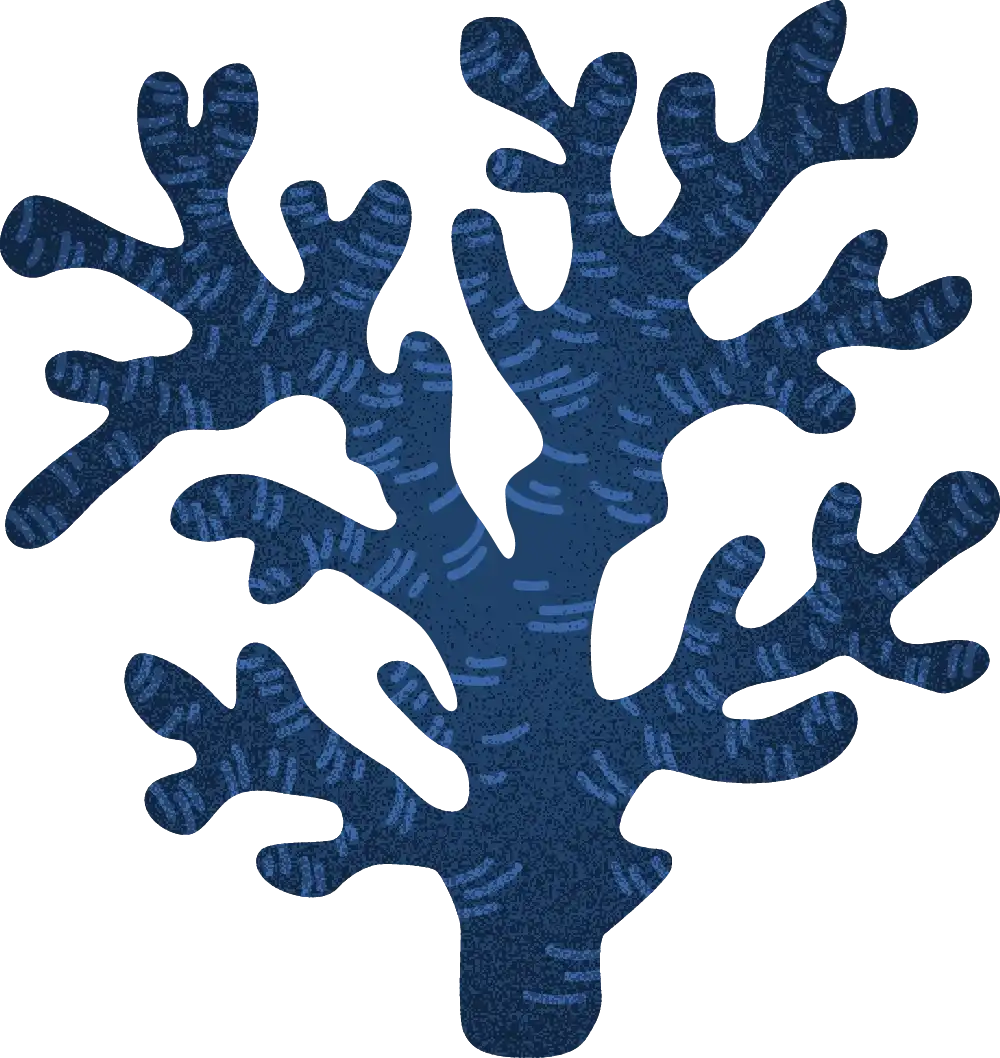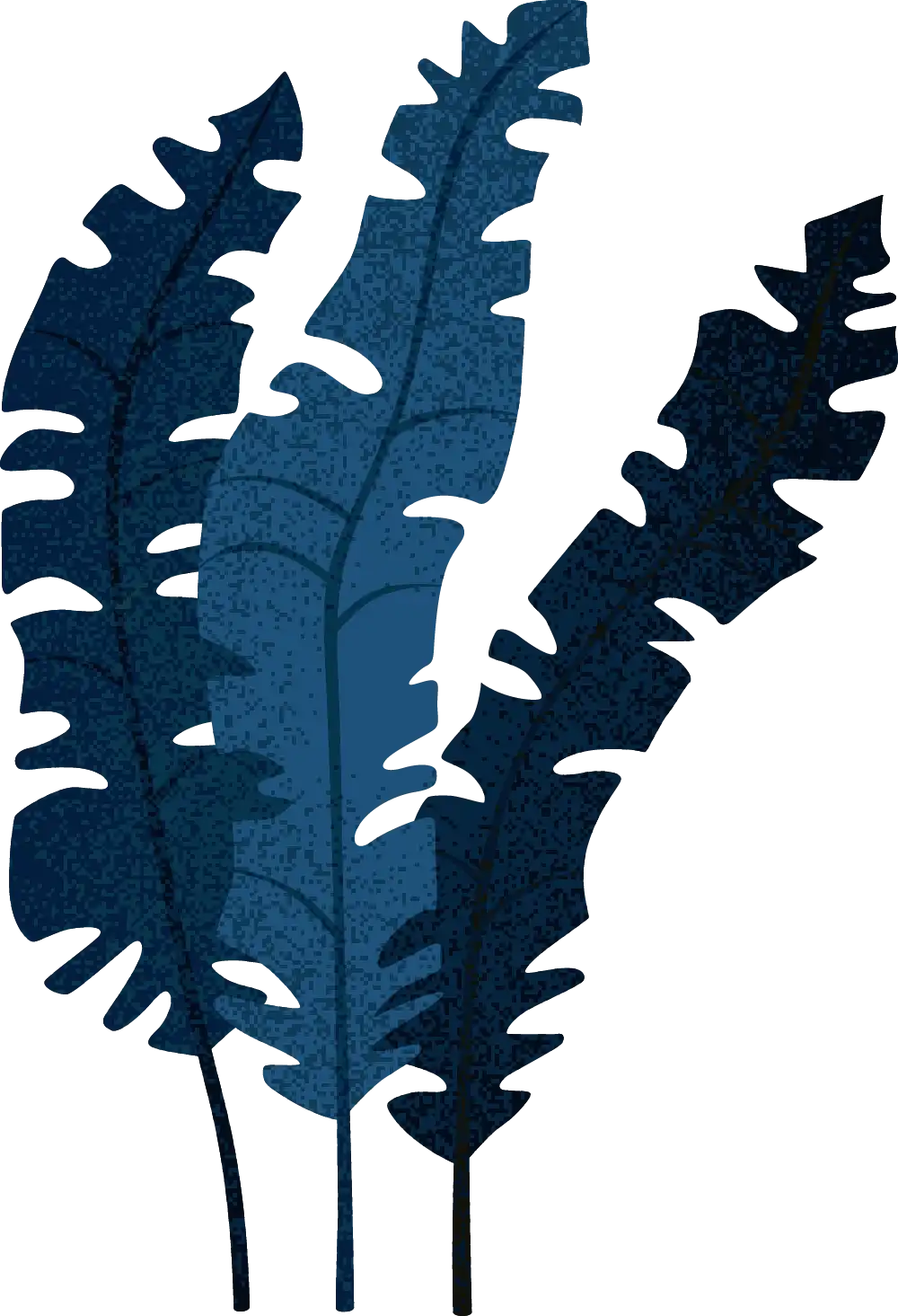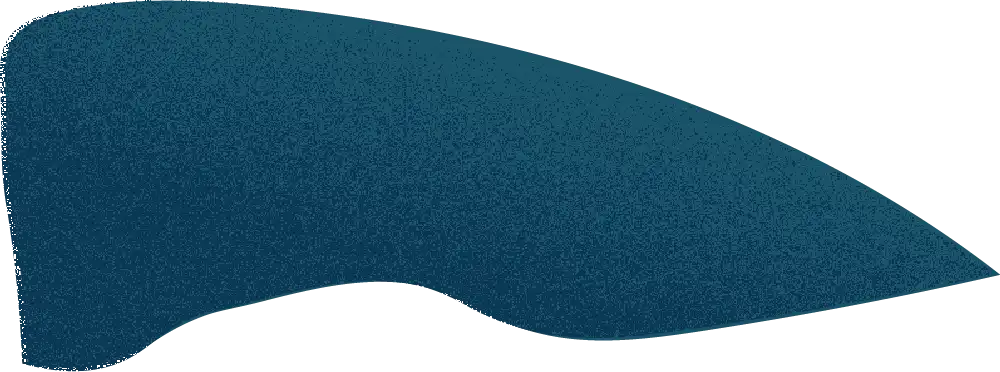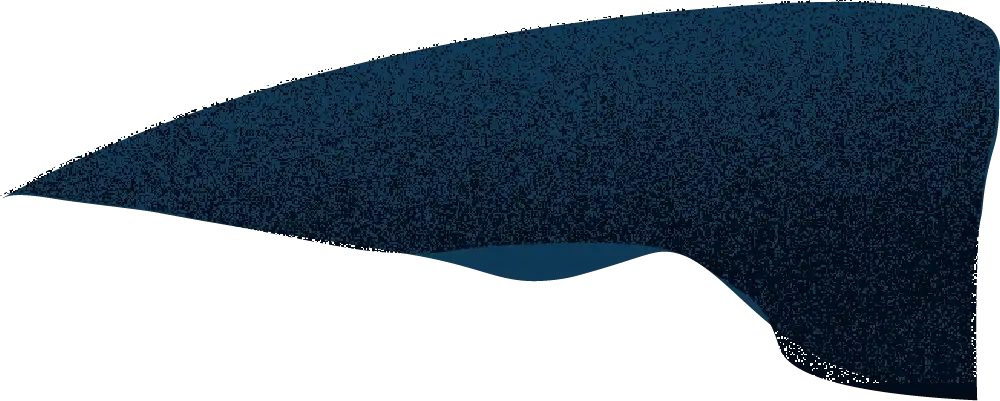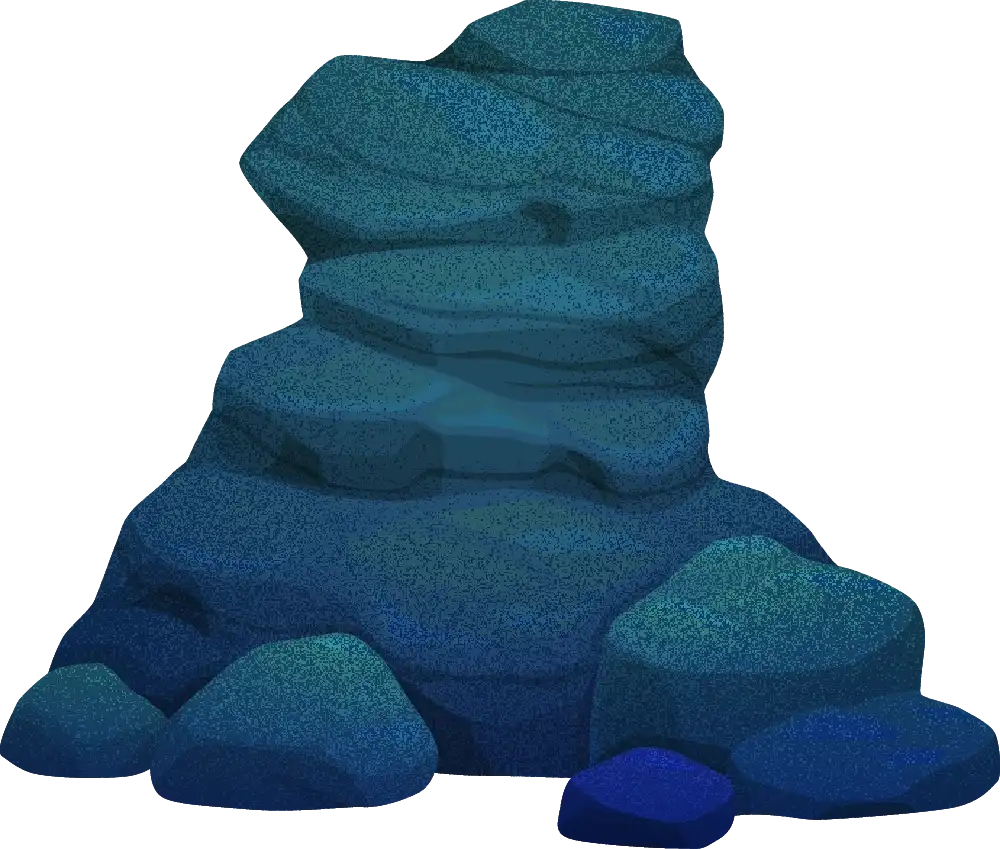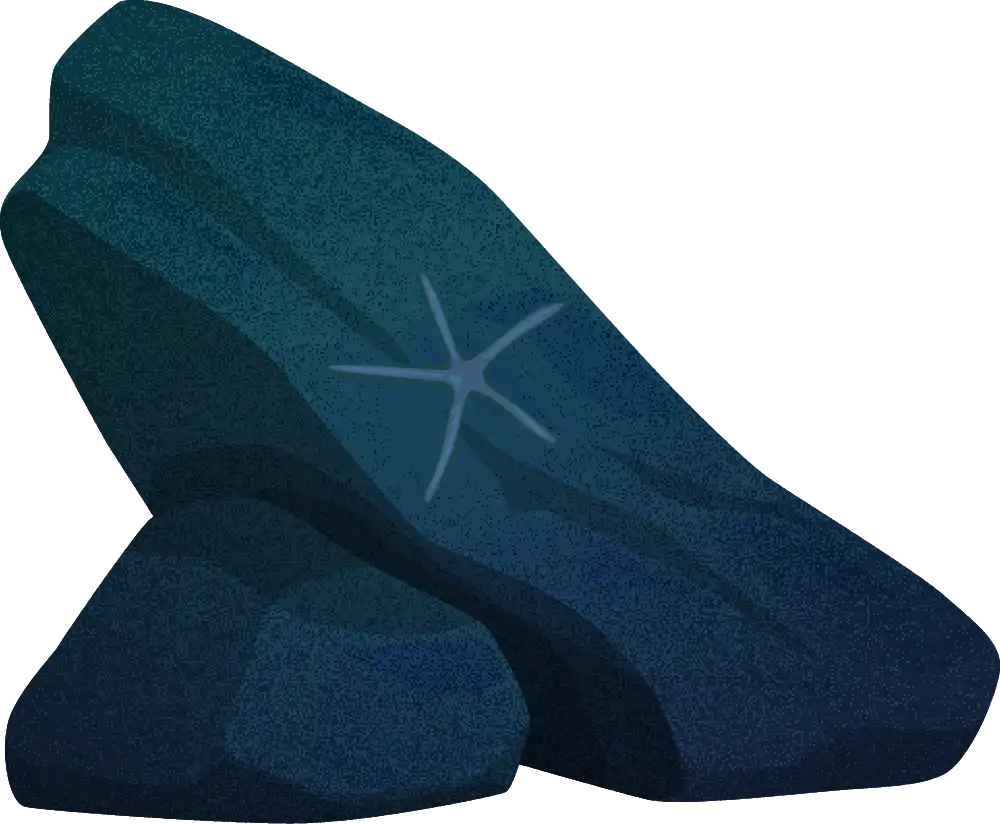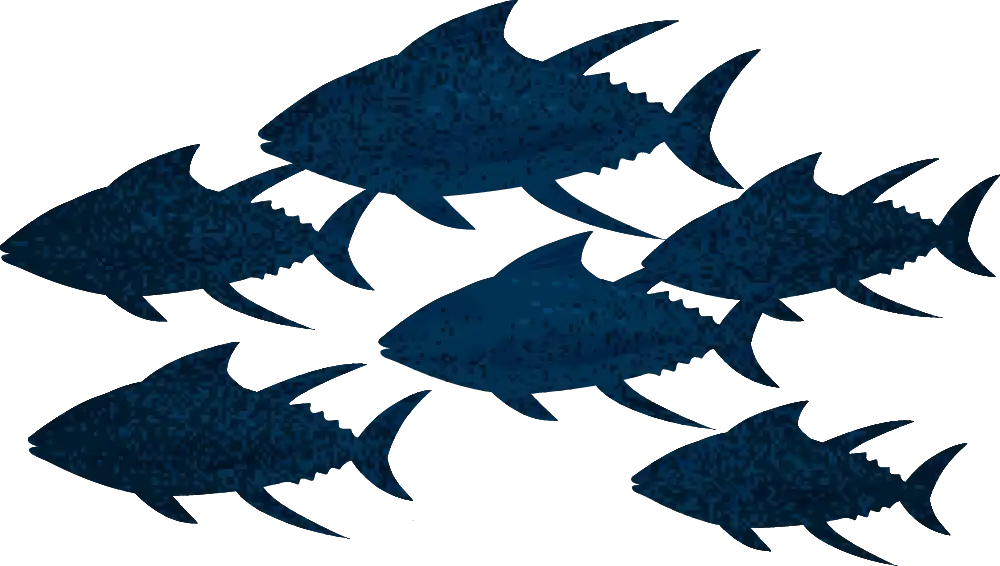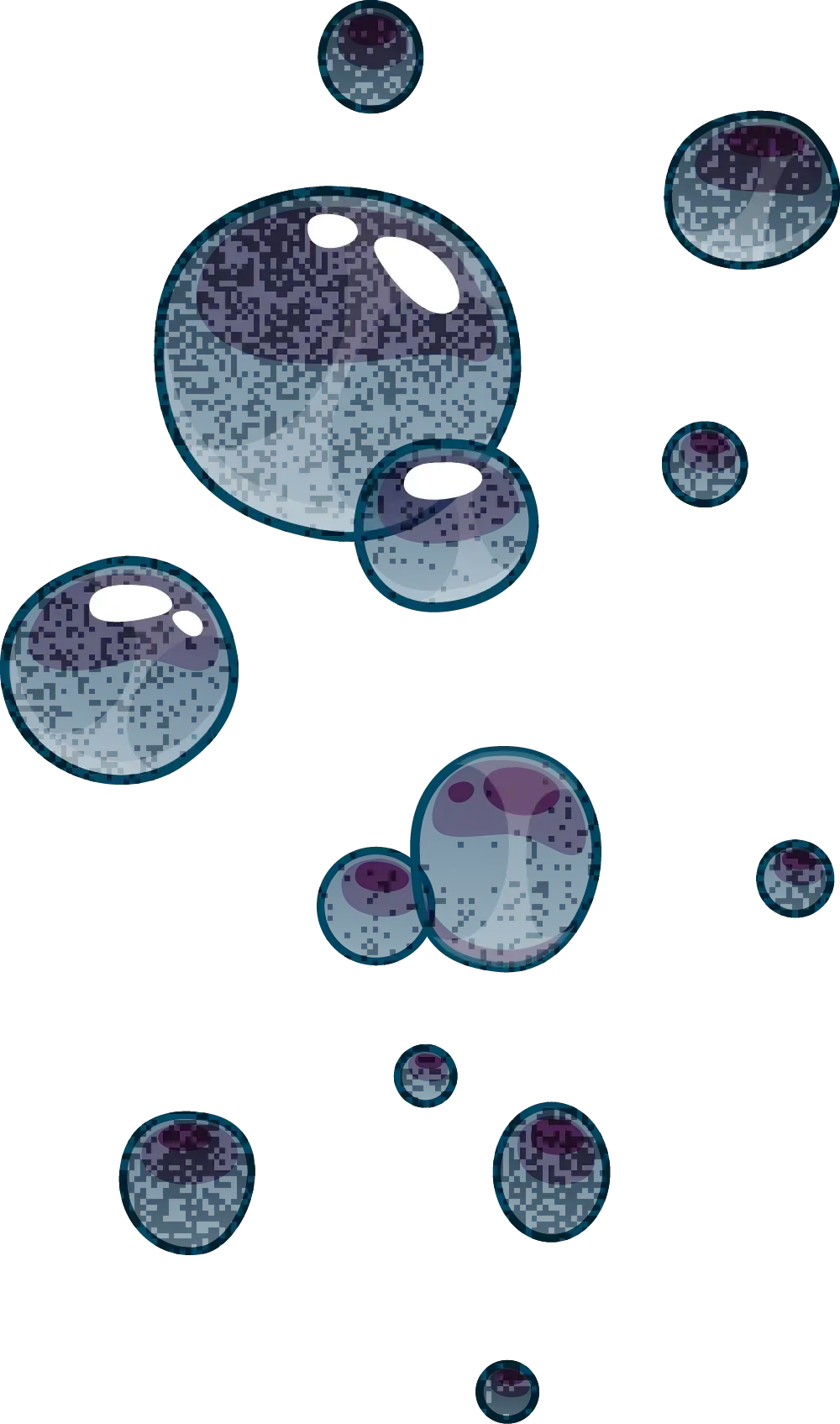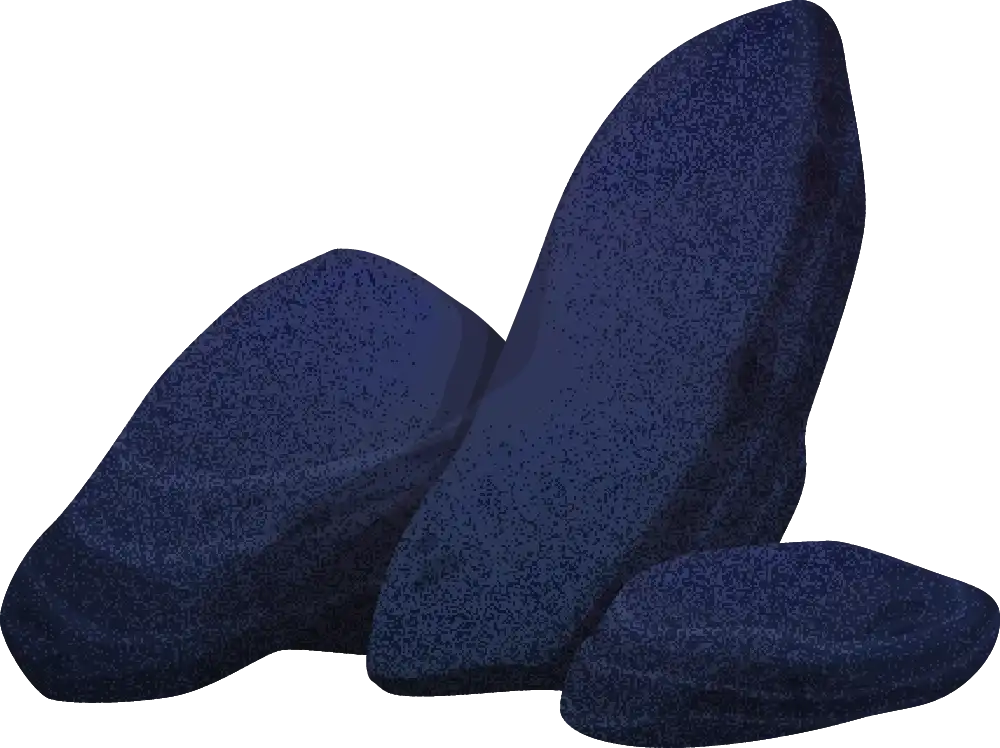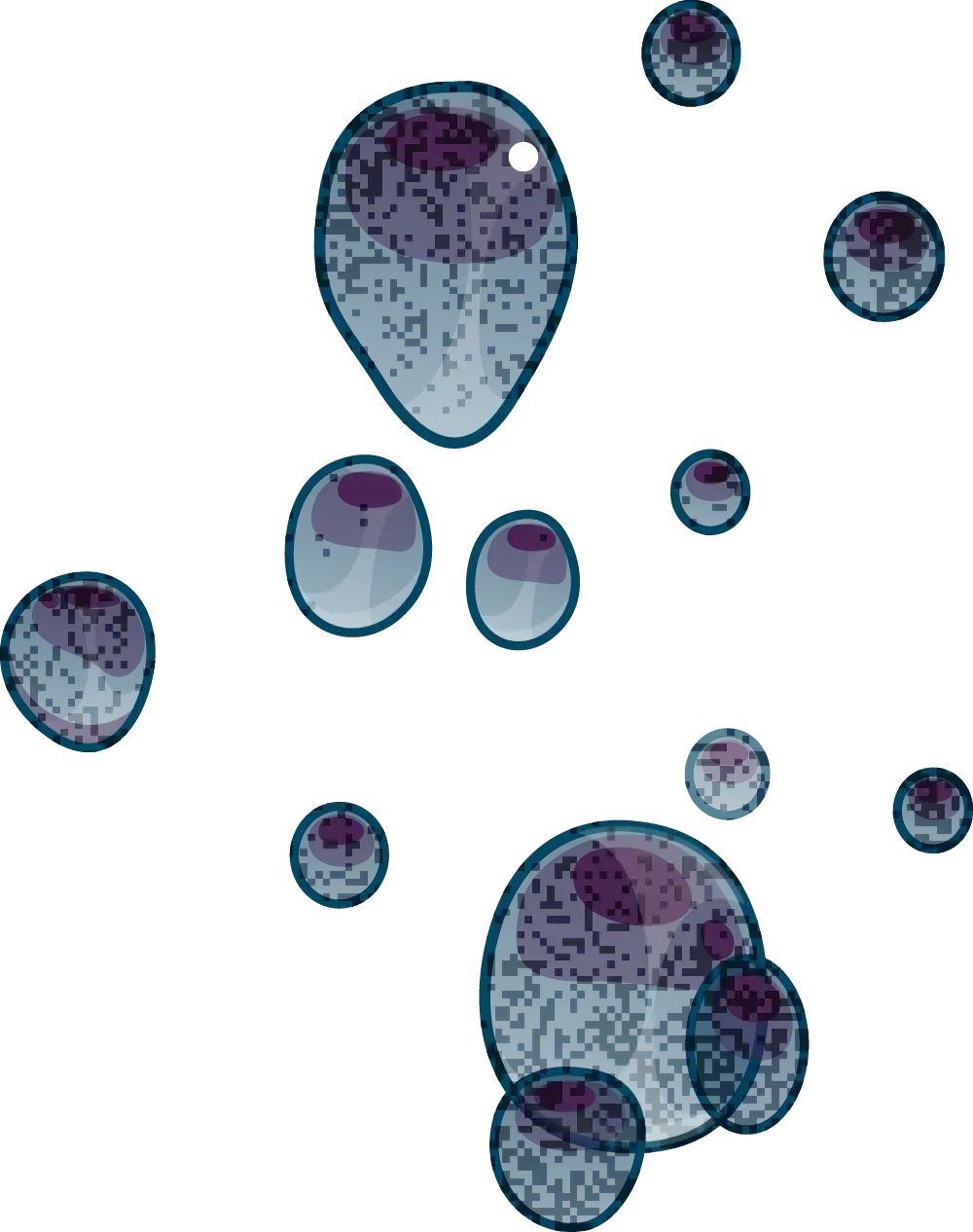A Classroom in the Ocean







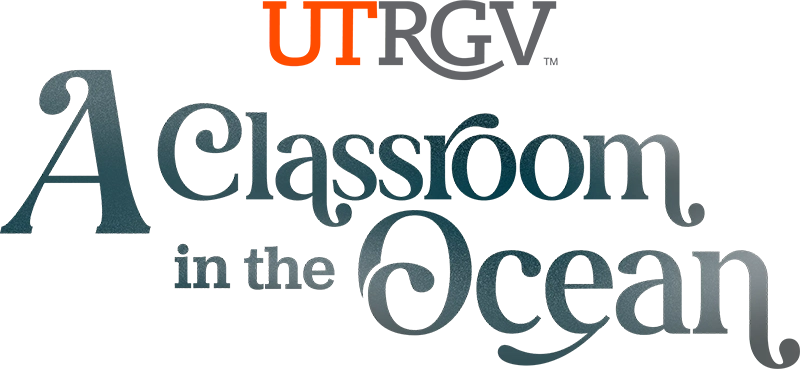
A once-in-a-lifetime research experience for UTRGV faculty and students led to the discovery of fascinating new deep-sea creatures off the coast of Chile.
Founded by the Texas Legislature, The University of Texas Rio Grande Valley is the first major public university of the 21st century in Texas. This initiative expanded educational opportunities in the Rio Grande Valley.
UTRGV has campuses and research sites across the Rio Grande Valley, including locations in Brownsville, Edinburg, Harlingen, McAllen, and South Padre Island. Since enrolling its first class in 2015, UTRGV has grown into a comprehensive academic institution.

MEET THE TEAM




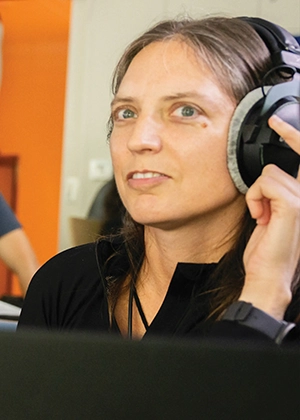





The Falkor
A scientific research vessel operated by the Schmidt Ocean Institute. This vessel serves as a platform for international scientists conducting deep-sea research and exploration. The Falkor (too) is equipped with advanced technology and research facilities, allowing scientists to explore and study the ocean's depths.


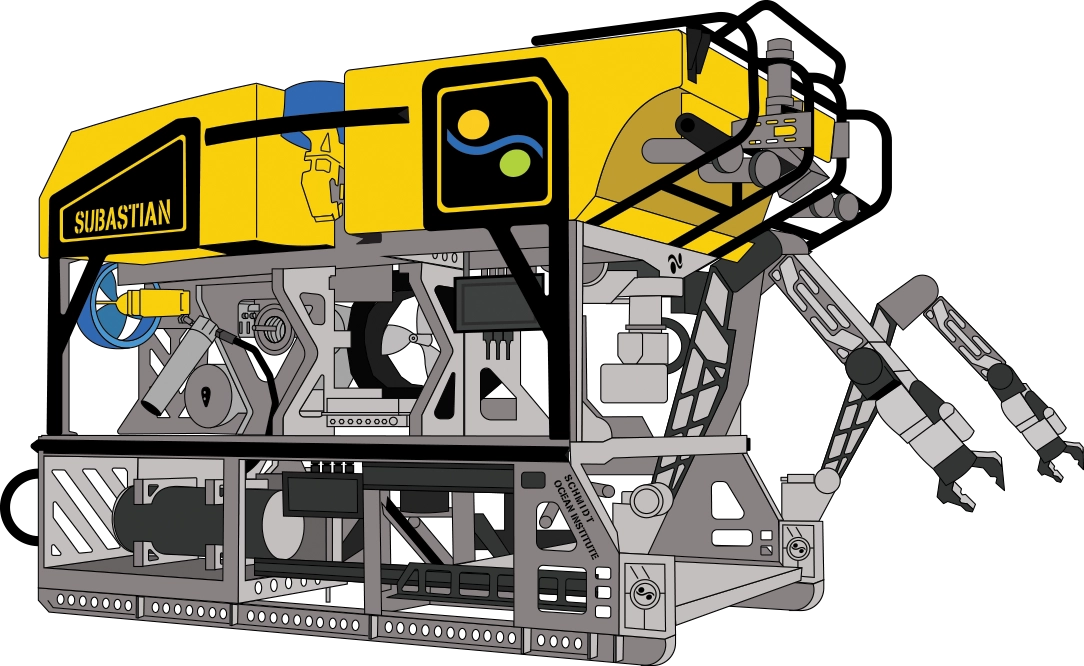
SUBASTIAN
Remotely operated vehicle (ROV) SuBastian, capable of descending to depths up to 4,500 meters. Allows scientists to observe and collect samples from the ocean floor, contributing significantly to marine biology research.
